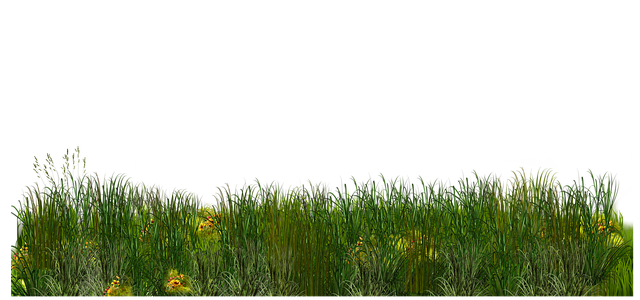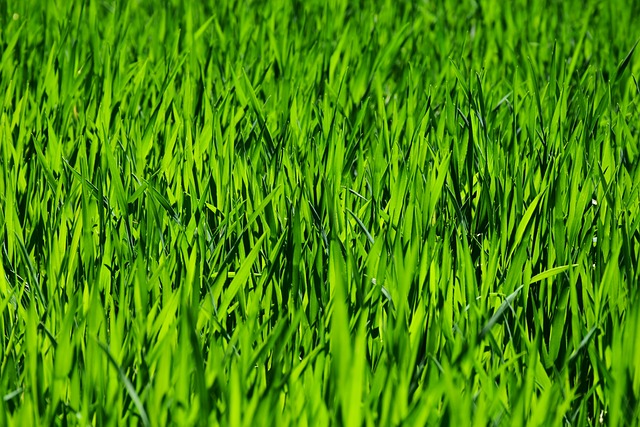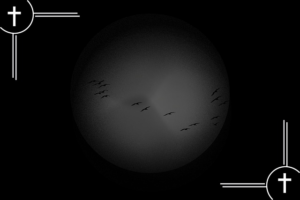Optimizing Your Lawn’s Vigor: A Guide to Fertilization and Weed Control in Lawn Care
Effective lawn maintenance is essential for achieving and maintaining a lush green lawn, which is a clear indicator of well-implemented Lawn Care and Landscaping practices. Key to this is understanding the specific nutrient needs of your grass&m…….

Effective lawn maintenance is essential for achieving and maintaining a lush green lawn, which is a clear indicator of well-implemented Lawn Care and Landscaping practices. Key to this is understanding the specific nutrient needs of your grass—whether it's cool-season or warm-season variety—and applying fertilizers with the right N-P-K ratios to support growth, root strength, and overall health. Regular soil testing is crucial for tailoring your fertilization plan, especially when using slow-release fertilizers that provide sustained nutrition and minimize runoff. Additionally, a comprehensive approach to lawn care includes precise weed control measures, utilizing both pre-emergent and post-emergent herbicides to prevent and manage weed infestations without compromising the health of your grass. By combining these strategies, homeowners can cultivate a resilient lawn that not only looks great but also withstands environmental pressures as part of effective Lawn Care and Landscaping.
Lawn care and landscaping enthusiasts understand the importance of maintaining a lush, green lawn. Effective lawn fertilization and targeted weed control are pivotal in achieving this enviable turf. This article delves into the science of optimizing lawn health through strategic fertilization, highlighting the significance of nutrients like nitrogen, phosphorus, and potassium, as well as the importance of timing your fertilization sessions to align with seasonal growth patterns. Furthermore, it explores the advantages and considerations of both organic and synthetic fertilizers for various lawn types, emphasizing soil testing and pH balance as foundational elements for successful nutrient uptake. Additionally, the article outlines effective weed control methods, from identifying common weeds to implementing safe, integrated pest management strategies that ensure a family-friendly and pet-safe environment. By harmonizing fertilization with targeted weed control measures, homeowners can cultivate a thriving lawn that stands as a testament to their landscaping prowess.
Understanding the Science of Lawn Fertilization for Optimal Growth

A well-maintained lawn is a testament to diligent lawn care practices, and at the heart of this upkeep lies the science of fertilization. Soil analysis is pivotal in determining the specific nutrients required for optimal grass growth; these include nitrogen, phosphorus, and potassium, often denoted by their N-P-K ratios on fertilizer bags. Nitrogen primarily influences leaf development, ensuring a lush, green carpet underfoot. Phosphorus is crucial for root development, bolstering the lawn’s resilience and strength. Potassium contributes to overall plant health, enhancing disease resistance and vigor.
Understanding the soil composition and the type of grass species present allows for tailored fertilization strategies. For instance, cool-season grasses thrive with more frequent, lighter applications during their active growth periods in early spring and fall, while warm-season grasses benefit from heavier applications during their peak growing seasons in summer. Lawn care and landscaping professionals employ a range of slow-release fertilizers to provide a consistent supply of nutrients over time, minimizing runoff and ensuring that the grass absorbs what it needs without excess. Regular soil testing guides these practices, adjusting the application rates and types of fertilizers to match the lawn’s changing requirements throughout the year. This scientific approach to lawn fertilization not only enhances aesthetic appeal but also fosters a robust ecosystem within your landscape that can withstand various environmental challenges.

Maintaining a lush, green lawn requires diligent lawn care and landscaping practices, including effective fertilization and weed control strategies. Fertilization is a cornerstone of a robust lawn care regimen, providing the necessary nutrients for grass to thrive. A well-timed fertilization schedule helps ensure that your lawn has access to the right balance of nitrogen, phosphorus, and potassium throughout the growing season, promoting vigorous growth, root development, and disease resistance. By selecting a high-quality lawn fertilizer tailored to local soil conditions and grass types, homeowners can encourage a dense turf that naturally chokes out weeds.
In conjunction with fertilization, weed control is essential for a pristine landscape. Weeds can quickly overtake a lawn if not managed properly, competing with desirable grasses for sunlight, water, and nutrients. Pre-emergent herbicides are often applied to prevent weed seeds from germinating, while post-emergent treatments target existing weeds. It’s crucial to identify the types of weeds present in your lawn as different species may require specific control methods. A comprehensive approach to lawn care and landscaping that combines fertilization with targeted weed control not only enhances the aesthetic appeal of your property but also contributes to a healthier, more resilient lawn ecosystem.
Effective lawn care and landscaping strategies hinge on a solid understanding of lawn fertilization and targeted weed control. By applying scientifically formulated fertilizers at the right time and in the appropriate amounts, as detailed in “Understanding the Science of Lawn Fertilization for Optimal Growth,” homeowners and professionals alike can ensure their lawns receive the necessary nutrients to thrive. Additionally, implementing precise weed control measures helps maintain a lush, green landscape free from unsightly intruders. Adopting these practices not only elevates the aesthetic appeal of your outdoor spaces but also fosters environmental health and community pride. In essence, a well-maintained lawn is a testament to the dedication of responsible lawn care and landscaping.







